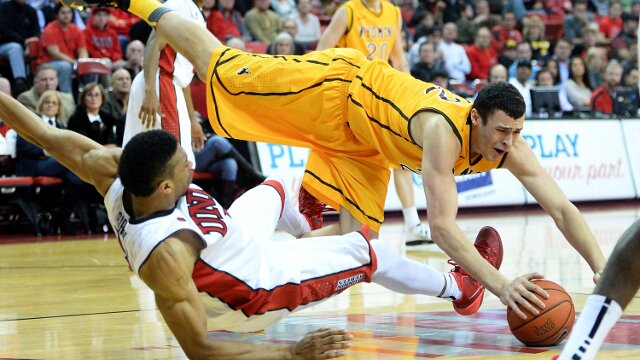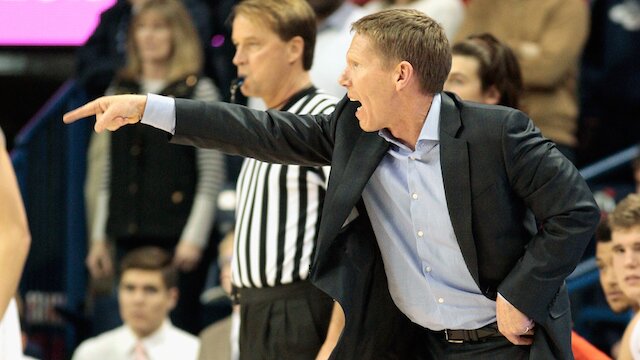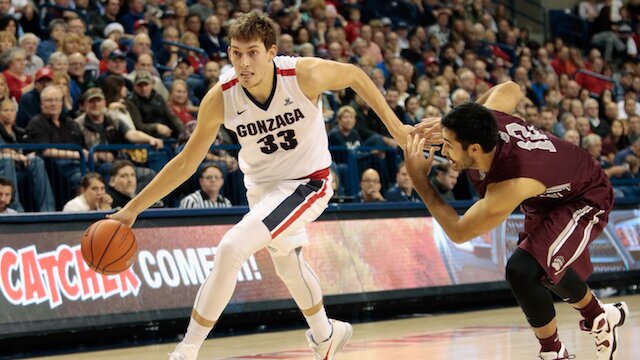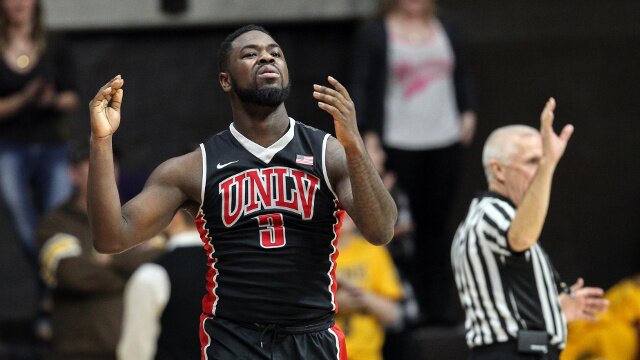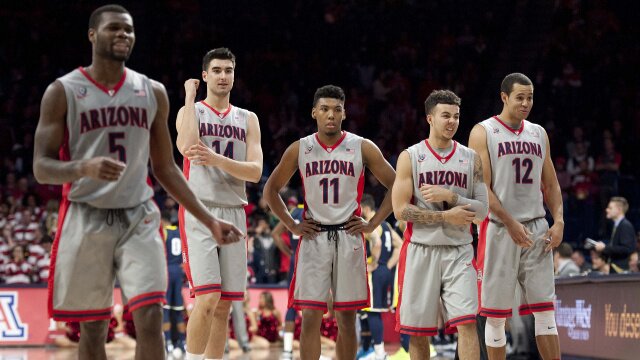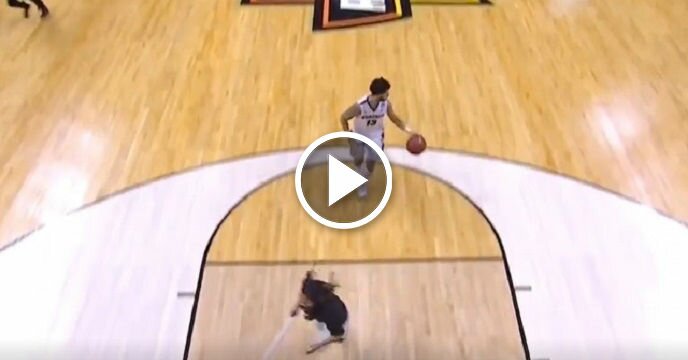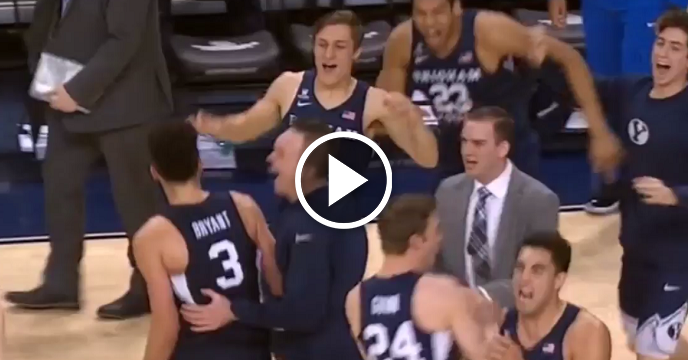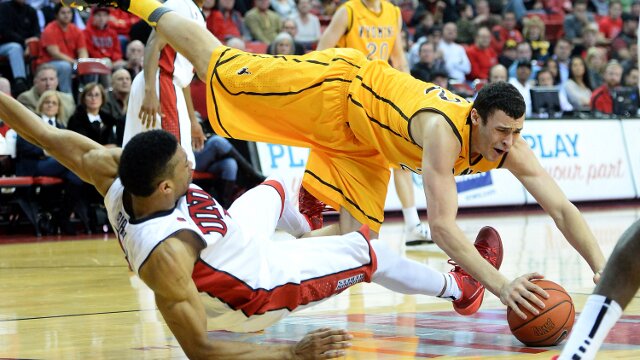
Strength of schedule.
This time of year, we hear that phrase a lot. The talking heads on the network shows throw it around like it’s the end-all, be-all of a team’s NCAA tournament hopes. Without a strong strength of schedule (SOS), your RPI is doomed. And if your RPI is doomed, your chance to get in the Big Dance is likely doomed along with it.
Unfortunately, for the mid-majors looking to break into the tourney, a low RPI is a death nail. And other than going 28-0, the only road to a strong RPI is a strong strength of schedule. Of course, herein lies the problem.
Who will play you?
Teams like Gonzaga have run into this problem for more than a decade. Years and years of having to take to the road to play anyone not named Montana State will wear on anybody. This season, the Zags have yet another poor strength of schedule (ranked 83rd). They beat West Virginia in West Virginia, lost to No. 24 Memphis in Memphis and lost to Kansas State at a preseason tournament in Wichita, Kansas. The only major conference team on their home slate was a nine-win Washington State squad.
UNLV falls into the same category. They have a long history of NCAA tourney success, and they have a decent 17-8 record in a more than decent Mountain West Conference that includes No. 5 San Diego State, New Mexico and underrated Wyoming and Boise State teams. However, they’ve had the chance to play only three power conference teams, losing to No. 2 Arizona in Tuscon and getting two home games against the Big Ten‘s last-place team, Illinois, and Arizona State, who’s actually having a surprisingly good season in the Pac-12. Thanks to that lack of quality games, UNLV’s strength of schedule is 131st and their RPI is 109th. This is a team that’s gone to the tournament four straight years – and six of the last seven – but they won’t be going this season unless they win their conference tourney.
Even worse, how is a less-than-established team – say, Louisiana Tech (21-5) or Indiana State (20-6) – supposed to improve their schedule? They play in top-heavy mid-major conferences whose bottom 7-8 teams will drag down their RPIs regardless of how good their record gets. They’ll end the year with records in the 24-6 or 23-7 range – roughly 14-2 or so in their respective conferences – but their RPIs will stagnate around 60-80, and that just won’t get it done. Nobody wants to see them in the NCAA tournament, and with good reason.
With the power conferences getting bigger and bigger, scheduling games against powerful mid-major teams will be less and less frequent. They’ll have to stick to beating each other up in events like the Bracket Buster Challenge, which sometimes give the tournament selection committee just enough reason to eliminate the losers of those November games months before Selection Sunday ever starts.
You think Kentucky will travel to Gonzaga or UNLV when they could play patsies like Evansville or Tennessee Tech at home? Of course not. This means the mid-majors will have an even more difficult time trying to improve their SOS. And this will push even more teams like UNLV, Louisiana Tech and Indiana State out of the NCAAs when they deserve better.
The solution? Eliminate the computerized strength of schedule metric from the tournament selection process. If an individual committee member wants to look at a team’s schedule – give them the “eye test,” if you will – when they’re making their decisions, there’s nothing anybody can do about that. But if you hand them a number, it’s too easy for that person to stack an overmatched mid-major against a power conference bubble team like Florida State or Stanford. That number is going to favor the power conference every time. Without an actual number in their hands, though, the haves and the have-nots can be judged more fairly.
Until this happens, “strength of schedule” will continue to be a term most mid-majors would rather kick to the curb this time of year.
Gerrit Ritt is a college basketball columnist for Rant Sports. Follow him on Twitter @GMadness1, “Like” him on Facebook or add him to your network on Google.
 Share
Share 

